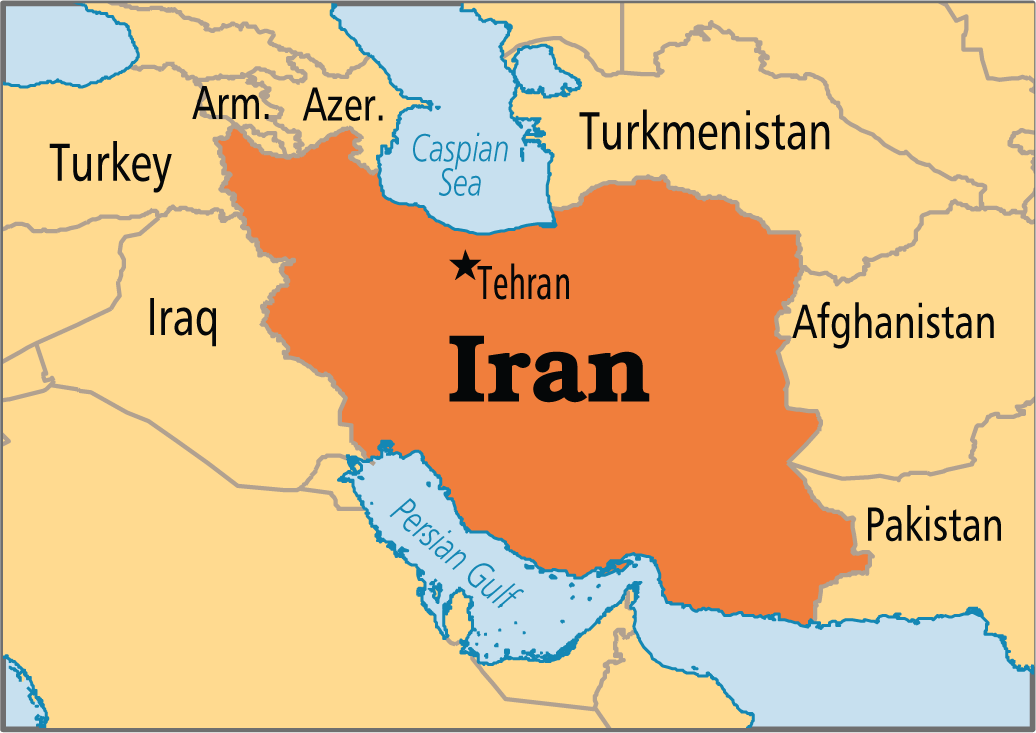Noor: Iran’s First Military Satellite | 23 Apr 2020
Why in News
Iran has launched its first military satellite called Noor (meaning light) into orbit.
- The satellite reached an orbit of 425km after being carried by a three-stage Ghased launcher.
- This was a successful launch after months of failures. However, there was no immediate independent confirmation of the launch of the satellite.
Key Points
- Launch by the Paramilitary Force
- The Satellite was launched by Iran's Islamic Revolutionary Guard Corps (IRGC). The IRGC, which operates its own military infrastructure in parallel to Iran’s regular armed forces, is a hard-line force answerable only to Supreme Leader Ayatollah Ali Khamenei.
- Previously unheard ‘Ghased’ or “Messenger” satellite launcher was used to put the device into space. It described the system as using both liquid and solid fuel.
- Concern: Despite the fact that Iran has been one of the worst-affected in terms of the Covid-19 cases, it has been engaged in serious strategic competition heightening the tensions in the region.
- Iran-US Tensions: The launch comes amid tensions between Iran and the US over the collapsed nuclear deal and after a U.S. drone strike in Iraq killed Iran’s most powerful military commander Gen. Qassem Soleimani in January, 2020.
- In 2015, Iran agreed a long-term deal on its nuclear programme with a group of world powers known as the P5+1 - the US, UK, France, China, Russia and Germany - Joint Comprehensive Plan of Action.
- US Allegation:
- The Trump administration has warned that the technology used to launch satellites could help Iran develop Inter Continental Ballistic Missiles (ICBMs).
- It has asserted that such launches therefore violate a UN Security Council resolution, which calls upon Iran not to "undertake any activity related to ballistic missiles designed to be capable of delivering nuclear weapons".
- Iran’s Stand: It has not violated UN resolution on its ballistic missile program as the resolution only calls upon it to not conduct missile tests (not satellite tests). Although there is technological overlap between space launches and intercontinental ballistic missiles (ICBMs), Iran denies that the aim of its space programme is to pursue ICBM technology.
Inter Continental Ballistic Missiles
- These are land-based, generally nuclear-armed ballistic missiles with a range of more than 5,500 km. E.g. India’s Agni V.
- There are also Submarine-Launched Ballistic Missiles (SLBM). E.g. India’s Dhanush
- Ballistic missiles are initially powered by rockets after which they follow an unpowered, free-falling trajectory toward their targets.
- They are classified by the maximum distance that they can travel, which is a function of how powerful the missile’s engines (rockets) are and the weight of the missile’s payload.
- Established in April 1987, the voluntary Missile Technology Control Regime (MTCR) aims to limit the spread of ballistic missiles and other unmanned delivery systems that could be used for chemical, biological, and nuclear attacks. India is its member.
